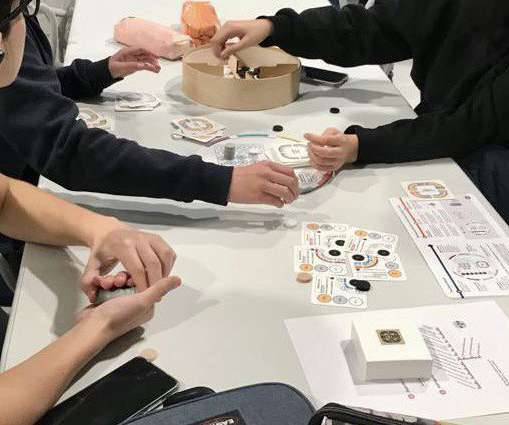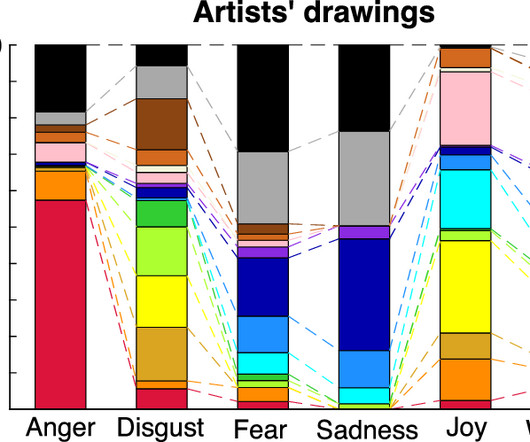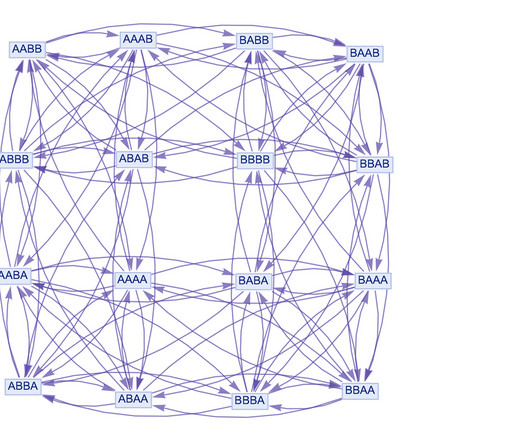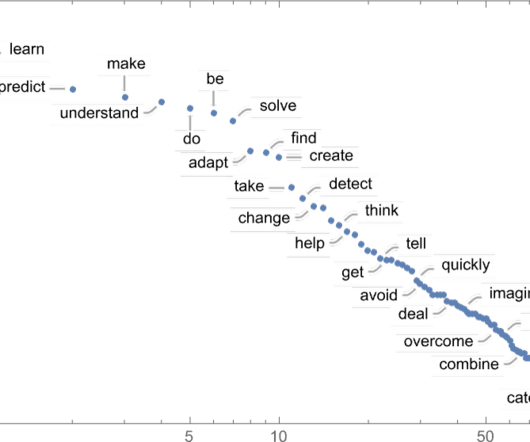From Scientist to Shareholder: Why do it?
Scientix
JULY 22, 2022
In Natural Sciences, students often struggle to understand and apply science topics, and have difficulties imagining or realizing their importance and application in real life. As John Doerr, successful venture capitalist and early investor in Google, recently phrased it: “Sustainability is the next computer science”.













Let's personalize your content